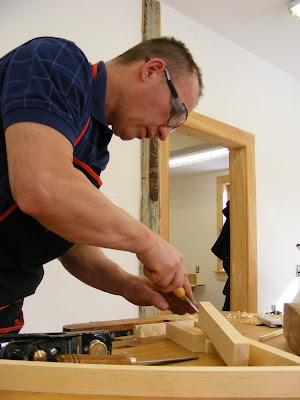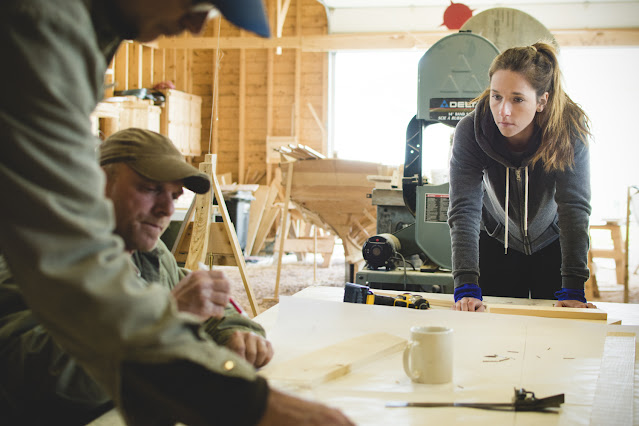The Folklore Studies Association of Canada will hold this year's annual meeting online! The meeting will take place between June 2 and 7. Specific dates and technologies will be communicated shortly.
The theme of the conference is “Folklore and Crisis.” We invite applicants to reflect on creative responses to situations of difficulty and distress. Creativity, a key characteristic of folklore, often comes into play at such times. The current pandemic, for example, continuously affects our daily lives, prompting us to create vernacular mechanisms to cope with new fearful realities, resist inequalities, fill gaps in institutional knowledge, maintain a sense of normalcy, and build future plans. Creative impulses range from traditional practices revived during lockdowns to emergent health beliefs and conspiracy theories. Folklorists also face the need for creative innovations. During the pandemic, scholars have had to adjust their methodologies, research questions, and knowledge dissemination trajectories. Likewise, public folklorists and practitioners have developed alternative platforms and strategies for museums, archives, government organizations, arts institutions, and businesses.
We invite academic and practice-based paper proposals on all manifestations of folklore and folklife that address crisis and creative responses to it. How can folklorists, as well as the individuals and groups we study, shed light on the nuances of human experiences at times of difficulty, discomfort, or danger? In the case of the current pandemic, what implications do the new realities have for our field in both academic and public spheres? Proposals for panels, discussion sessions, and individual papers related to other themes in the disciplines of ethnology and folklore are welcome.
We especially encourage proposals from graduate students. Given the nature of the virtual format, this is an affordable chance to present at a national conference. We also intend to create virtual opportunities for networking.
Please send abstracts of 150 words, in English or French, to Dr. Mariya Lesiv (mlesiv@mun.ca) by March 1, 2021.
All accepted presenters must be paid-up members of FSAC/ACEF for 2021. To join or renew your membership, visit https://www.acef-fsac.ulaval.ca/en/join.







